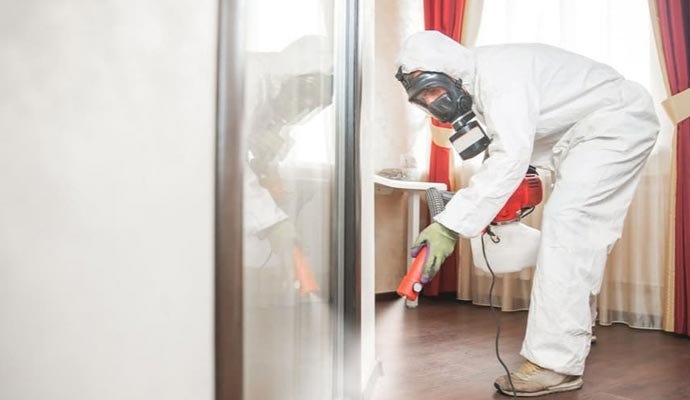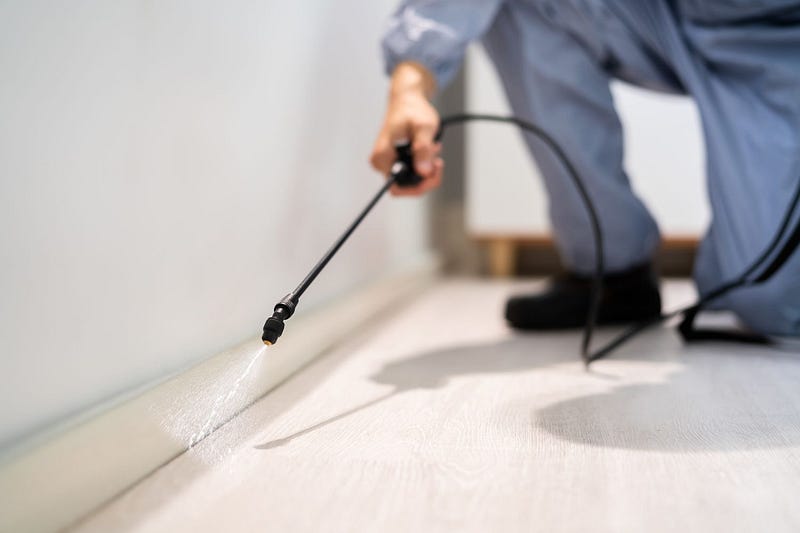
Structural integrity is crucial for any building. Over time, structures face issues like cracks, weakening foundations, and corrosion. Regular maintenance and timely structural repair services can prevent major damages. In India, where extreme weather and urbanization impact buildings, advanced repair techniques are necessary. This article explores the best structural repair techniques for 2025, ensuring buildings remain durable and safe.
Why Structural Repair Services Matter in 2025
Environmental variables, heavy use, and material fatigue cause buildings to decay. Ignoring damage early on might result in expensive repairs or even structural failures. Buildings can be restored, strengthened, and given a longer lifespan with the aid of structural restoration services. Long-lasting results and little disturbance are guaranteed when contemporary methods are used. These techniques enhance sustainability and safety for buildings, whether they are residential, commercial, or industrial.
1. Carbon Fibre Wrapping
Wrapping carbon fiber is a cutting-edge strengthening technique. It strengthens structural components such as slabs, columns, and beams. This method is frequently applied to reinforcing aging structures and earthquake retrofitting.
How It Works
A high-strength epoxy adhesive is used to cover the weak spot with a carbon fiber cloth. Because of the fiber’s exceptional tensile strength, more fissures and structural failure are avoided.
Advantages
- Increases structural load capacity
- Lightweight yet highly durable
- Non-corrosive and resistant to environmental damage
- Minimal structural modification required
- Quick application process
An excellent way to reinforce existing buildings, bridges, and industrial infrastructure is with carbon fiber wrapping. It guarantees longevity and is reasonably priced.
2. Carbon Fiber Laminate
Laminations of carbon fiber are strong, stiff reinforcements. Their primary function is to reinforce the flexural strength of slabs and beams.
How It Works
A powerful epoxy adhesive is used to adhere thin carbon fiber laminate sheets to concrete surfaces. They greatly improve the performance of the structure.
Advantages
- High resistance to fatigue and corrosion
- Stronger than steel but much lighter
- Enhances flexural and shear strength
- Ideal for seismic upgrades
When more load-bearing capacity is needed for infrastructure projects, this method is frequently employed. It guarantees stability and longevity.
3. Glass Fiber Wrapping
Carbon fiber wrapping and glass fiber wrapping are comparable, however glass fiber sheets are used. It works well to strengthen concrete structures against environmental and seismic stress.
How It Works
The damaged structure is encased in a high-strength glass fiber mesh. For extra strength, polymer resin is then used to connect it.
Advantages
- High tensile strength and flexibility
- Cost-effective compared to carbon fiber
- Resistant to fire and chemical exposure
- Enhances seismic resistance of buildings
Glass fiber wrapping is a great option for beams, columns, and bridges that require reinforcement without breaking the bank.
4. Micro-Concrete with Jacketing
Columns and beams are strengthened using jacketed micro-concrete. For constructions with significant degradation or load-bearing weaknesses, it is perfect.
How It Works
Formwork is used to apply a coating of micro-concrete around the damaged structure. This layer improves stability and strength.
Advantages
- High compressive strength
- Low shrinkage and excellent durability
- Can be used for strengthening beams, columns, and foundations
- Suitable for industrial and commercial structures
In India, this technique is frequently utilized to repair existing buildings, guaranteeing structural integrity under high loads.
5. Polymer Modified Mortar (PMM)
Damaged concrete and surface fractures are repaired with Polymer Modified Mortar (PMM). It offers improved durability and bonding.
How It Works
To make a high-strength repair material, cement mortar is combined with polymer additives. It restores the integrity of the damaged areas when applied.
Advantages
- Improved bonding strength
- High resistance to water and chemical attacks
- Suitable for crack repairs and surface strengthening
- Provides excellent adhesion to old concrete
For little but necessary repairs, PMM is the best option, particularly for homes and businesses.
6. Epoxy Mortar
A high-strength concrete surface repair material is epoxy mortar. It is extensively utilized in commercial and industrial structures.
How It Works
A long-lasting, non-shrink repair material is made by combining graded aggregates with epoxy resin. It is used on damaged areas, joints, and cracks.
Advantages
- High mechanical strength and durability
- Excellent resistance to chemicals and moisture
- Suitable for both vertical and horizontal repairs
- Quick setting time reduces downtime.
Epoxy mortar is frequently used to fix high-stress concrete surfaces, bridges, and manufacturing floors. It offers durable reinforcing.
Choosing the Right Structural Repair Technique
Every repair method has a distinct function. The degree of damage, the surrounding environment, and the structural requirements all play a role in selecting the best one.
Factors to Consider:
- Type of structural damage
- Budget and project timeline
- Long-term durability and maintenance needs
- Load-bearing capacity and environmental exposure
With the use of cutting-edge materials, structural repair services in India are developing to create stronger, safer, and more durable structures.
Building maintenance and restoration require structural repair services. Structures can be made more durable with contemporary methods like epoxy mortar, glass fiber wrapping, and carbon fiber wrapping. Investing in high-quality repairs guarantees a building’s safety in addition to extending its lifespan.
Reliable structural solutions are needed for India’s expanding infrastructure. Building owners can lower long-term maintenance expenses and avoid significant failures by selecting the appropriate repair technique.



